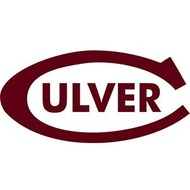(View Complete Item Description)
Students measure the relative intensity of a magnetic field as a function of distance. They place a permanent magnet selected distances from a compass, measure the deflection, and use the gathered data to compute the relative magnetic field strength. Based on their findings, students create mathematical models and use the models to calculate the field strength at the edge of the magnet. They use the periodic table to predict magnetism. Finally, students create posters to communicate the details their findings. This activity guides students to think more deeply about magnetism and the modeling of fields while practicing data collection and analysis. An equations handout and two grading rubrics are provided.
Material Type:
Activity/Lab
Authors:
Ralph Cox,
Sabina Schill














